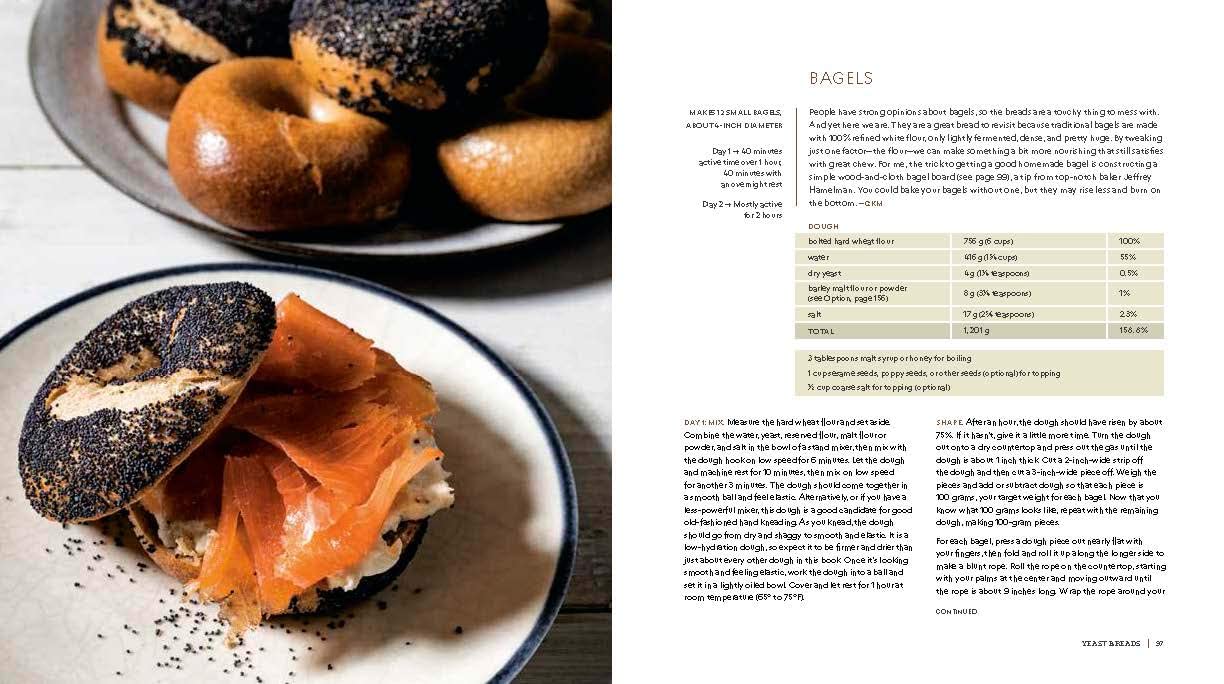What do you think?
Rate this book


304 pages, Spiral-bound
Published October 27, 2020
Most of you probably don’t know that, aside from my dominant writing hobby, and the minor woodworking hobby to which I alluded in my review for Human Dimension and Interior Space (which I maintain is one of the most oft-applicable books I’ve read), I have something of a cooking habit, including sourdough bread. For the past few years, I’ve been experimenting with different forms of naturally leavened doughs, so a detailed cookbook was not an illogical gift, but I admit that I did not expect it to be, well, a book of the kind one would sit and read. I expected a list of recipes.
Instead, somewhere along the line, cookbooks became something different from what I remember. Instead of a plain list of recipes, perhaps with some pretty photographs of food, Mastering Bread (and other modern cookbooks, apparently) is a combination of traditional cookbook, textbook, and memoir. Maybe this is the result of the various epicurean movements of recent years, or the food blogging phenomenon, or the proliferation of internet recipes in text and video forms. To my surprise, I found myself actually sitting down and reading a cookbook, of all things, with my breakfast in the morning instead of the news or a book about relativity (don’t worry – that review will still be coming soon).
Since I haven’t tried all of the recipes (and have a tendency to treat recipes more like guidelines than rules, despite, or perhaps in reaction to, my engineering tendencies and background), I cannot speak to their quality, though they appear to be rigorously tested (especially the panettone one at the end). The textbook portions, though, were quite useful, compiling in one place and in a coherent fashion the practical science behind bread baking, such that I already know several ways in which I could incorporate various techniques and methods to improve my own loaves, even if I didn’t make a single recipe from the book.
What was a little overstated, and what bothered me a bit about the whole book, was the authors’ obsession with freshly milled flours. While I’m prepared to accept that, like chocolate, cheese, and potentially beef, flours taste different depending on where they’re raised, the exact variety, and how they’re treated, the focus on freshly milled flours is such that the entire book has a certain unapproachability. I enjoy my baking, but I try to keep the hobby from dominating too much – that’s why I don’t do as much actual woodworking as I think about doing, and it’s why writing is such a perfect hobby for me – and buying wheat berries in bulk and investing in a stone mill to grind my own flours is the opposite of my approach. While the book grudgingly allows that you can purchase freshly milled flours, it says that they lose their proper flavors quickly, and buying such ‘artisan’ flours is three times as expensive as buying the bread flour I can get at the grocery store. So, while I do not doubt the general legitimacy of the point, it does strike me as overstated to the point of interfering with the purpose for such a text’s existence.
Another, relatively minor point, is that the book’s photography could have been more useful. The whole piece is well put together, and the photographs that are present are lovely, and a few recipes have excellent step-by-steps with images associated with each step, but many of the recipes have no images at all, and some that do have images that don’t communicate very much of value about the food involved. In a fairly technical manual of bread baking, it would have been more useful for the recipes to include images of things like what the crumb structure is supposed to look like, or what the dough looks like at various levels of rising and proofing.
I know not everyone is interested in making their own bread, and I can’t say that I’ve read enough cookbooks to tell you if this is the one you should get if you’re interested or not – I mean, I didn’t even know you could read cookbooks before I read this one – but food is something that is universal. We all have to eat, and bread is a staple of almost every culture’s diet. This book was useful to me, but if nothing else, I hope you take from this post that there is more to modern cookbooks that just lists of recipes.